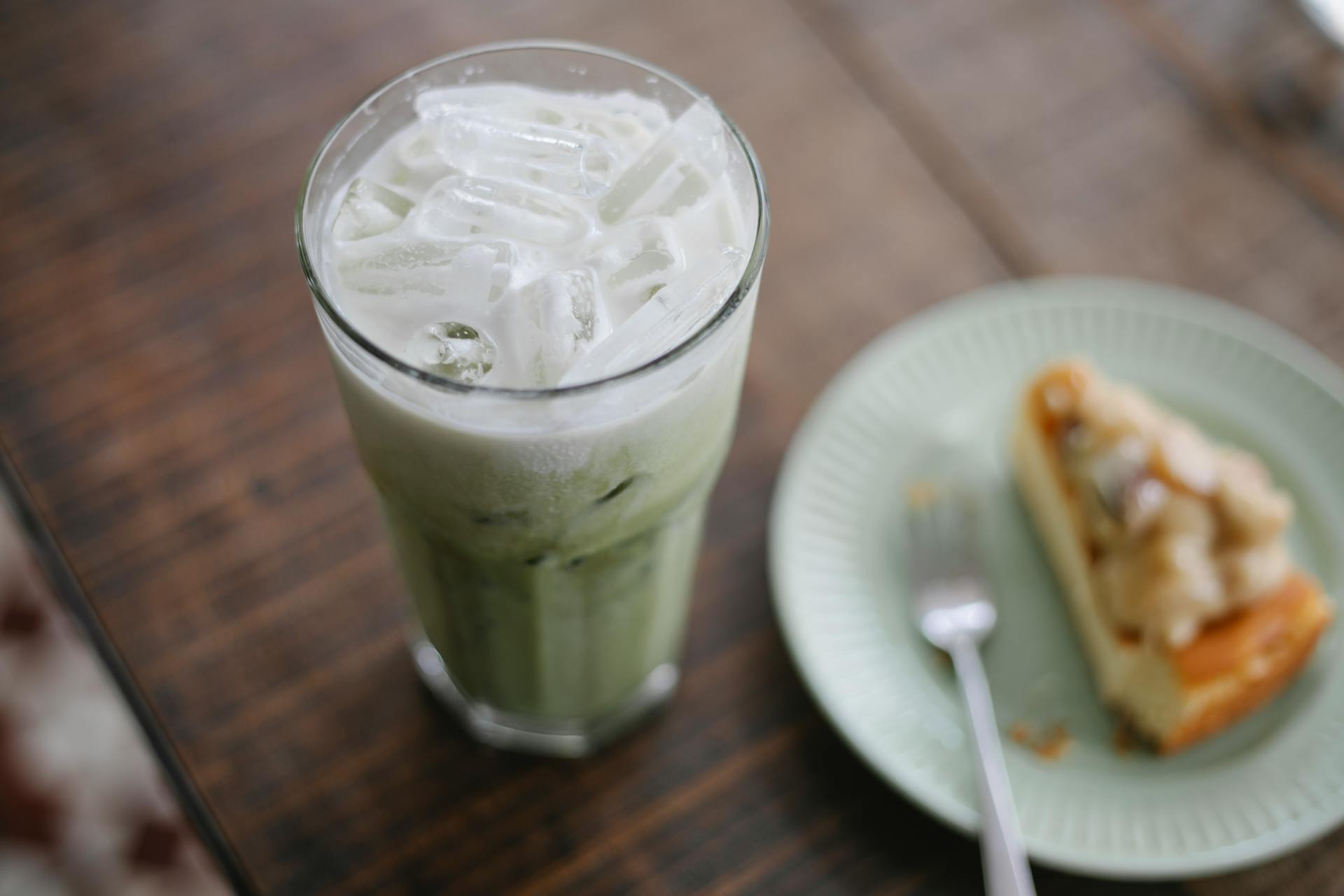
A hazardous analysis critical control point (HACCP) is a technique that helps to ensure food safety in the restaurant industry. HACCP plans are important documents that describe the production process of a certain dish and detail the items that need to be monitored closely in order to reduce risk of contamination. A HACCP plan specifically for sous-vide soup must include certain steps and crucial information in order to ensure maximum safety of food.
First, your HACCP plan should list the potential food safety hazards associated with making sous-vide soup, such as microbiological contamination or improper cooking temperatures. You should then identify the preparation steps deemed necessary in order to make sure those risks are minimized. These steps might include details like prepping ingredients separately, sanitizing all surfaces, cooking at temperature of 75°C or above for at least 30 minutes, storing at a controlled temperature etc.
After outlining all these preparational steps, your HACCP plan should also include monitoring and controlling measures for each step of the process. This means including items like thermometers and thermocouple probes (for monitoring temperature during various cooking processes), stopwatches (for determining cooking time), labels on containers used for storing food materials etc. Furthermore it is paramount to create corrective measures that can address any out-of-bound readings or errors throughout each step of the preparation process. For example if temperature during one part of the cooking process falls below recommended value you must arrange a way to recook or discard affected product quickly and efficiently.
Overall, any effective HACCP plan tailored specifically for sous-vide soup should contain information regarding identification and control of potential risks associated with preparing sous-vide soup, monitoring and controlling measures associated with each step in production process as well as thorough corrective measures in case of deviations from predetermined values or requirements. With these details in place you can be sure that your final product will be good quality and safe to consume!
What monitoring procedures must be included in a HACCP Plan for sous-vide soup?
Sous-vide soup is growing in popularity due to its delicious taste and its versatility. However, like any other food, proper monitoring procedures must be included in a HACCP plan (Hazard Analysis Critical Control Points) when preparing sous-vide soup.
The first step in the HACCP plan for sous-vide soup should focus on contamination prevention. This includes making sure that all ingredients are sourced from reliable suppliers, stored under optimal temperature and humidity conditions and that employees adhere to safe handling practices (including thorough handwashing). It is essential to also regularly inspect equipment for any sign of malfunction or damage that could contaminate the product.
In addition to focusing on contamination prevention, regular time-temperature monitoring should also be included in a HACCP plan for sous-vide soup. All cooking temperatures must be logged and monitored with a food thermometer or thermocouple reader to make sure they remain within acceptable ranges throughout the whole process (or even on specific parts of it). Continuous sensors can also be installed to monitor temperature at specific points and alert an alarm if it reaches an unsafe level, giving further security of producing safe food every time.
Finally, environmental monitors such as air thermometers or humidity meters should also be included, especially when preparing sous-vide soups which use higher temperatures than normal. Monitoring relative humidity in particular will ensure proper product consistency while preventing bacterial growth from occurring during storage.
By including the appropriate monitoring procedures outlined above into a HACCP plan for sous-vide soup, you’ll be able to enjoy this delicious recipe with peace of mind knowing it’s safe for consumption.
What records should be kept to track the production of sous-vide soup?
When it comes to tracking the production of sous-vide soup, records are essential. Keeping a meticulous record of the production process can help identify potential areas for improvement and ensure that batches meet quality standards. Here are a few key records which should be kept while producing sous-vide soup:
First and foremost, raw material inputs should be tracked. This includes the ingredients added in each batch and their quantities. This is important, as ingredients can be subject to fluctuations from season to season and lot to lot. Without accurate information about the raw materials used, it would be impossible to replicate successful batches for consistency over time. Furthermore, tracking these ingredients can improve accuracy when purchasing ingredients for future batches.
Second, temperature deployment should also be tracked for each batch. Sous-vide cooking is largely dependent on time and temperature control, so monitoring the temperature of each stage is essential for ensuring safe product results as well as replicability from batch to batch. Consistency in both initial temperatures and finishing temperatures will produce more uniform results while also helping with troubleshooting future issues with similar batches if needed.
Finally, post production attributes such as taste and official lab results should be maintained as well. Monitoring the taste ratings allows kitchen staff to assess differences between batches when it comes to flavor among other attributes like texture and color, while lab results provide valuable data regarding quality assurance compliance and safety standards requirements.
Overall, implementation of production records stores valuable data about each step of sous-vide soup production that can be easily referenced for further analysis or regulatory purposes allowing better control over operations with greater accuracy in quality outcomes ensuring consistency among batches long term.
How should sous-vide soup be labelled to comply with the HACCP Plan?
Given the new HACCP regulations that restaurants, food manufacturers, and other food businesses must adhere to, it is important to understand how to properly label foods using sous-vide soup. Sous-vide soup is one of the most popular methods of cooking and is becoming increasingly popular in professional kitchens. By following HACCP guidelines, businesses can ensure that the safety, quality and consistency of the food they serve meet legal standards.
The product should be accurately labelled and include all ingredients in the product as well as any allergens present. All information should be written clearly and accurately. The label should also include information on their best before date, manufacturing date, batch number and shelf life. Additionally, it must also provide a batch tracking record showing where each batch was produced from start to finish. This allows for improved traceability to ensure all products are handled safely before being sent out for sale.
Furthermore, sous-vide soup must also be labelled in accordance with its temperature requirements when heating or cooling it. For example if your labels require you to list cooking temperatures of 90°C or above you should specify that temperature on your product label followed by “Time at Temperature” number of minutes (if a Recipe requires a specific time at temperature). Highlighting these details will assure customers know what exact temperatures their sous-vide soup has been exposed to during its preparation and serve as an extra reminder for them to handle those preparing this way with caution.
Overall knowing how sous-vide soup must be labelled in compliance with HACCP regulations is an essential part of running a successful business these days as failure may lead to unexpected fines or worse depending on the context of your operations. Therefore making sure all products are correctly labelled with everything required according to HACCP guidelines is paramount when operating within this type of environment.
What steps are necessary to verify the safety of sous-vide soup during storage and distribution?
Sous-vide soup is a popular cooking method that provides a delicious, healthy, and convenient meal option. However, when it comes to sous-vide soup, verifying the safety of the food during storage and distribution is essential for ensuring food safety and optimal quality. Here are the steps necessary to verify the safety of sous-vide soup during storage and distribution:
First, be sure to follow good manufacturing practices (GMPs), which include thoroughly prepping all soup ingredients prior to vacuum sealing them for sous-vide cooking. This helps ensure that all raw ingredients are clean, fresh, and safe for consumption. Next, all sous-vide soups should be cooked according to industry recommended guidelines (such as those set by HAACP) in order to ensure safety. Once cooked, store sous-vide soups in proper containers with temperature regulations between -18C (0F) for frozen products and 4C (40F) for chilled products. Finally before storing or distributing any product make sure it tested free of pathogens like E coli or Salmonella by either culture tests or rapid methods such as PCR or ELISA tests.
Following these steps can help verify the safety of sous-vide soup during storage and distribution, giving consumers one less thing to worry about when enjoying this delicious meal choice!
What temperature controls must be in place to ensure the safety of sous-vide soup during preparation?
Sous-vide soup is an increasingly popular cooking method for creating delicious, flavorful and healthy soups. But due to its unique preparation procedure, it’s important to follow specific temperature controls to ensure food safety — guidelines that will help you create an enjoyable meal without any foodborne illnesses.
To begin with, sous-vide temperatures must remain below 40°C (104°F) to inhibit the growth of harmful bacteria. When preparing sous-vide soup, you should set the water bath temperature slightly below 130°C (266°F). Particularly when dealing with longer cook times (three minimum hours) and vacuum sealed foods, the low temperature helps prevent any unnecessary increases in bacteria that can occur at higher temperatures. It’s also worth noting that some recipes might require specific cook times prior to serving and should be closely adhered to.
The length of cooking time is also a factor when considering thermal control for sous-vide soup. For example, shorter (1–2 hour)cooking times allow for faster cooling rates of the food during preparation — meaning that heated containers don’t have time to collect too much bacteria over that period of time — while longer (3–4 hour)cooking times may promote larger bacterial growths and therefore need extra precautions like also cooling down the warmed water. To further prevent foodborne illnesses while preparing your sous-vide soup, make sure to clean your equipment properly before and after use each time so as not to contaminate the finished product with microbes from previous batches or ingredients used in other recipes.
Crafting a delicious and safe sous-vide soup requires you to keep a close eye on temperature controls throughout the preparation process — so make sure you keep these guidelines in mind next time you try whipping one up!
Featured Images: pexels.com


